-
 Bitcoin
Bitcoin $118400
0.39% -
 Ethereum
Ethereum $3814
2.17% -
 XRP
XRP $3.547
1.34% -
 Tether USDt
Tether USDt $1.000
0.00% -
 BNB
BNB $769.5
2.95% -
 Solana
Solana $191.7
6.36% -
 USDC
USDC $0.9999
0.01% -
 Dogecoin
Dogecoin $0.2722
7.75% -
 Cardano
Cardano $0.8995
5.59% -
 TRON
TRON $0.3158
-0.78% -
 Hyperliquid
Hyperliquid $47.37
4.46% -
 Stellar
Stellar $0.4848
3.54% -
 Sui
Sui $4.031
1.72% -
 Chainlink
Chainlink $20.11
3.94% -
 Hedera
Hedera $0.2832
3.16% -
 Avalanche
Avalanche $26.20
4.27% -
 Bitcoin Cash
Bitcoin Cash $530.5
0.67% -
 Shiba Inu
Shiba Inu $0.00001568
3.59% -
 Litecoin
Litecoin $118.4
1.42% -
 UNUS SED LEO
UNUS SED LEO $8.976
-0.23% -
 Toncoin
Toncoin $3.349
2.54% -
 Polkadot
Polkadot $4.590
2.54% -
 Uniswap
Uniswap $10.56
-0.59% -
 Ethena USDe
Ethena USDe $1.001
0.00% -
 Monero
Monero $327.7
0.39% -
 Pepe
Pepe $0.00001422
2.62% -
 Bitget Token
Bitget Token $4.973
-1.22% -
 Dai
Dai $1.000
0.02% -
 Aave
Aave $331.9
1.59% -
 Bittensor
Bittensor $429.6
-0.56%
What are gas fees in blockchain?
Gas fees on blockchains like Ethereum fluctuate based on network demand, affecting transaction speed and cost.
Jul 21, 2025 at 03:42 am

Understanding the Basics of Gas Fees
In the world of blockchain, gas fees are a crucial component that determines how transactions are processed and prioritized on a network. These fees are essentially the cost users pay to compensate miners or validators for the computational energy required to process and validate transactions. In Ethereum-based networks, gas fees are measured in gwei, a smaller denomination of ETH. Each transaction requires a certain amount of computational power, and gas fees serve as an economic incentive for network participants to include your transaction in a block.
Unlike traditional financial systems where transaction fees are usually fixed, blockchain gas fees fluctuate based on network congestion. When many users are sending transactions simultaneously, the demand for block space increases, which in turn drives up gas prices. This dynamic pricing mechanism ensures that the network remains efficient and prevents spam or unnecessary transactions.
How Gas Fees Are Calculated
The calculation of gas fees involves two main components: gas limit and gas price. The gas limit is the maximum amount of gas a user is willing to spend on a transaction, while the gas price is the amount of cryptocurrency the user is willing to pay per unit of gas. The formula used is:
- Total Gas Fee = Gas Limit × Gas Price
For instance, if you set a gas limit of 21,000 and a gas price of 10 gwei, the total fee would be 210,000 gwei, which is equivalent to 0.00021 ETH. It’s important to note that excess gas is refunded, but if the gas limit is too low, the transaction may fail, and the gas used will not be returned.
Setting the correct gas price is crucial for timely transaction confirmations. If the price is too low, your transaction might be ignored by validators. If it's too high, you risk overpaying unnecessarily.
Gas Fees in Smart Contract Execution
Smart contracts significantly impact gas fees because they require more computational resources than simple token transfers. Every line of code in a smart contract consumes a specific amount of gas. Complex contracts with loops or multiple operations can drastically increase gas costs. Developers must optimize their code to minimize unnecessary computations, which helps reduce gas fees for end users.
When interacting with decentralized applications (dApps), users often encounter contract execution fees. These fees are determined by the number of operations performed by the contract and the current network demand. For example, minting an NFT or participating in a DeFi yield farming pool involves multiple smart contract interactions, leading to higher gas costs.
Some platforms and wallets now offer gas estimation tools to help users anticipate costs before executing a transaction. These tools analyze current network conditions and provide recommended gas prices to ensure transactions are processed efficiently.
Differences Between Gas Fees on Various Blockchains
While Ethereum is the most well-known network for gas fees, other blockchains like Binance Smart Chain, Polygon, and Solana also use similar mechanisms, albeit with different terminologies and structures. Ethereum uses gwei and ETH, while BSC also uses BNB and gwei, but often at lower costs due to its higher throughput and lower congestion.
Layer 2 solutions like Optimism and Arbitrum aim to reduce gas fees by handling transactions off the main Ethereum chain and settling them in batches. These solutions can drastically lower fees while maintaining security and decentralization.
In contrast, Solana uses a different model where fees are fixed and minimal, often less than a cent. However, this comes with trade-offs in decentralization and security compared to Ethereum’s proof-of-stake model.
Strategies to Minimize Gas Fees
To reduce gas expenses, users can adopt several strategies. One effective method is to transact during off-peak hours when network demand is lower. Tools like EtherScan’s gas tracker or Blockchair provide real-time insights into gas price trends, helping users time their transactions wisely.
Another approach is to batch transactions. For example, instead of sending multiple small transfers, combining them into a single transaction can save gas. Wallets like MetaMask offer advanced settings where users can manually adjust gas prices and limits.
Developers can also implement gas-efficient coding practices, such as reducing the number of storage writes and avoiding unnecessary loops in smart contracts. Additionally, layer 2 solutions and sidechains offer alternative execution environments with significantly lower fees.
Some protocols and platforms offer gasless transactions through mechanisms like meta-transactions, where a third party covers the gas fees on behalf of the user. This can be particularly useful for onboarding new users without requiring them to hold native tokens.
Frequently Asked Questions
What happens if I don’t pay enough gas fees?
If the gas fee provided is too low, the transaction may not be picked up by miners or validators. In such cases, the transaction might remain pending indefinitely or get dropped from the network. However, the funds in your wallet remain safe, and you can resend the transaction with a higher gas price.
Can gas fees be paid in tokens other than the native cryptocurrency?
In most cases, gas fees must be paid in the native token of the blockchain (e.g., ETH for Ethereum, BNB for Binance Smart Chain). However, some platforms use meta-transactions or gas abstraction techniques to allow fees to be paid in ERC-20 tokens or even fiat currencies.
Why do gas fees vary so much between networks?
Gas fees vary due to differences in network congestion, block time, throughput, and consensus mechanisms. Networks with higher scalability and lower usage generally have lower fees, while congested networks with high demand experience higher costs.
Are gas fees refundable?
Yes, any unused gas is automatically refunded to the sender. However, if a transaction runs out of gas during execution, the entire gas used up to that point is consumed, and the transaction is reverted without any refund.
Disclaimer:info@kdj.com
The information provided is not trading advice. kdj.com does not assume any responsibility for any investments made based on the information provided in this article. Cryptocurrencies are highly volatile and it is highly recommended that you invest with caution after thorough research!
If you believe that the content used on this website infringes your copyright, please contact us immediately (info@kdj.com) and we will delete it promptly.
- WIF Rockets: Riding the Bull Run Wave in Cryptocurrency
- 2025-07-21 18:50:12
- XRP Ledger Heats Up: Network Activity and Trader Buying on the Rise!
- 2025-07-21 18:50:12
- BFX, Altcoins, and ROI: Chasing the Next Big Crypto Wave
- 2025-07-21 18:55:12
- Binance, Seed Tag, and Crypto Tokens: What's the Deal?
- 2025-07-21 19:30:12
- Kaspa Price Surges Amid Layer 2 Buzz: Double Bottom Signals Bullish Momentum
- 2025-07-21 19:30:12
- Cryptocurrencies Surge: BNB Nears All-Time High Amid Market Uptick
- 2025-07-21 19:35:11
Related knowledge
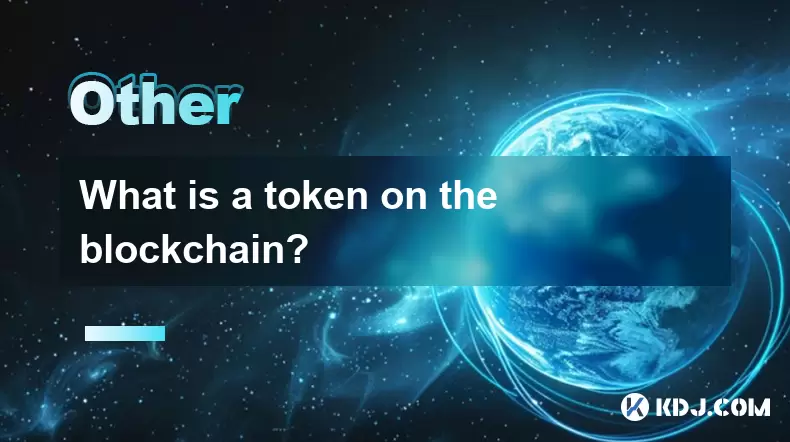
What is a token on the blockchain?
Jul 21,2025 at 07:00am
Understanding the Concept of a TokenIn the realm of blockchain technology, a token is a digital representation of an asset or utility that exists on a...
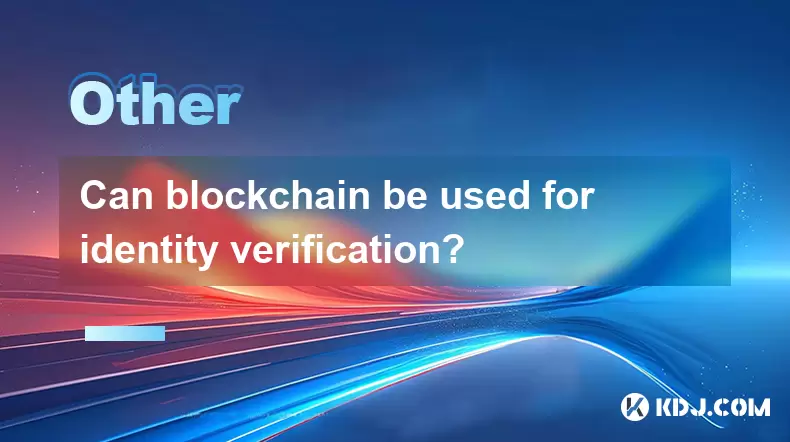
Can blockchain be used for identity verification?
Jul 18,2025 at 02:14pm
Understanding Identity Verification in the Digital AgeIn the modern digital landscape, identity verification has become a critical component for ensur...
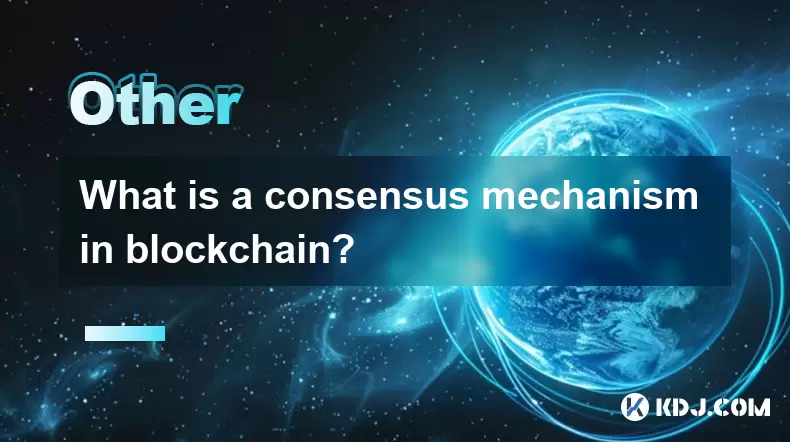
What is a consensus mechanism in blockchain?
Jul 21,2025 at 03:01am
Understanding the Basics of Consensus MechanismsA consensus mechanism is a critical component of any blockchain network. It refers to the process by w...
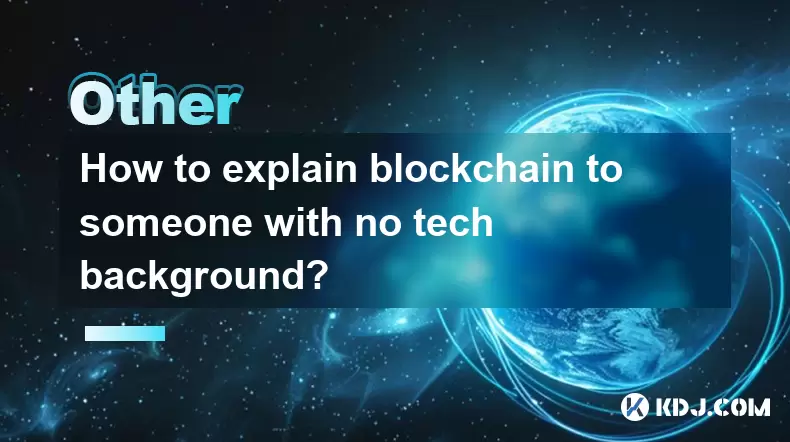
How to explain blockchain to someone with no tech background?
Jul 18,2025 at 11:08pm
Understanding the Basics of BlockchainTo explain blockchain to someone with no tech background, it's essential to start with simple analogies and avoi...
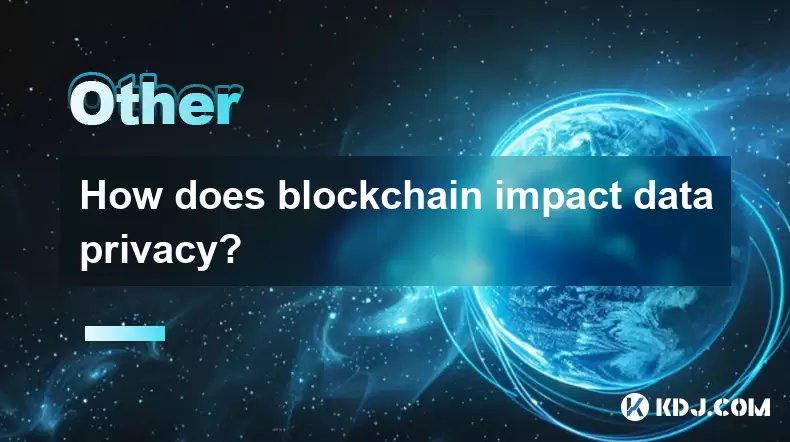
How does blockchain impact data privacy?
Jul 21,2025 at 02:21pm
Understanding the Role of Blockchain in Data PrivacyBlockchain technology, originally developed as the underlying infrastructure for cryptocurrencies ...
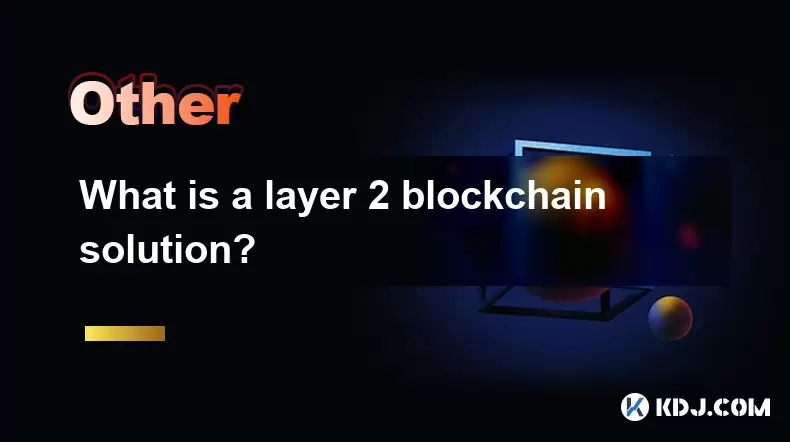
What is a layer 2 blockchain solution?
Jul 20,2025 at 01:42am
Understanding the Concept of Layer 2 BlockchainA layer 2 blockchain solution refers to a secondary framework or protocol built on top of an existing b...

What is a token on the blockchain?
Jul 21,2025 at 07:00am
Understanding the Concept of a TokenIn the realm of blockchain technology, a token is a digital representation of an asset or utility that exists on a...

Can blockchain be used for identity verification?
Jul 18,2025 at 02:14pm
Understanding Identity Verification in the Digital AgeIn the modern digital landscape, identity verification has become a critical component for ensur...

What is a consensus mechanism in blockchain?
Jul 21,2025 at 03:01am
Understanding the Basics of Consensus MechanismsA consensus mechanism is a critical component of any blockchain network. It refers to the process by w...

How to explain blockchain to someone with no tech background?
Jul 18,2025 at 11:08pm
Understanding the Basics of BlockchainTo explain blockchain to someone with no tech background, it's essential to start with simple analogies and avoi...

How does blockchain impact data privacy?
Jul 21,2025 at 02:21pm
Understanding the Role of Blockchain in Data PrivacyBlockchain technology, originally developed as the underlying infrastructure for cryptocurrencies ...

What is a layer 2 blockchain solution?
Jul 20,2025 at 01:42am
Understanding the Concept of Layer 2 BlockchainA layer 2 blockchain solution refers to a secondary framework or protocol built on top of an existing b...
See all articles

























































































